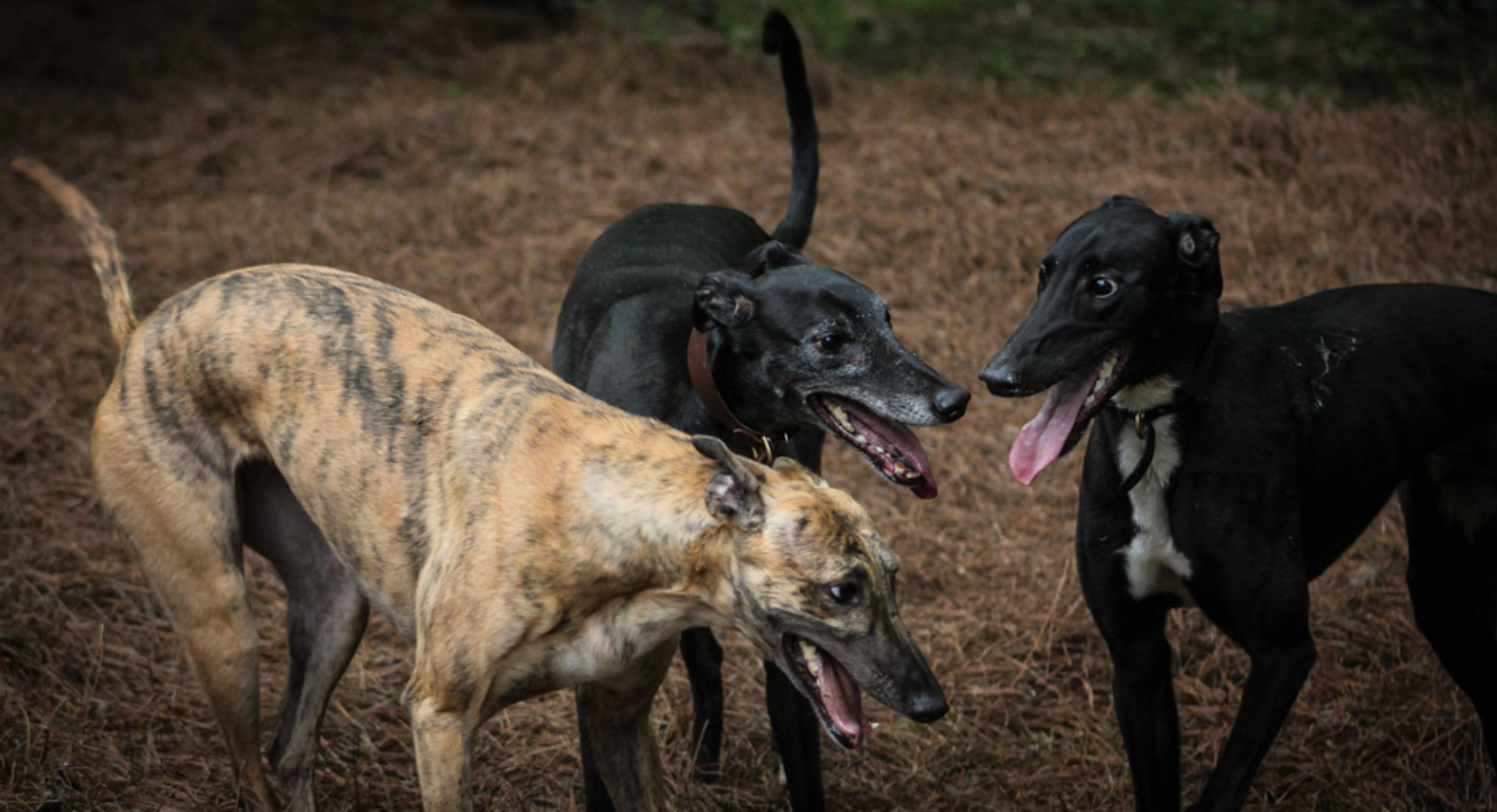Jethro developed a spontaneous spinal hematoma about three years ago. After his surgery and rehab he slowed down a lot—it seems like the injury prematurely aged him.
Caring for an old dog is different. We have to plan our activities and adjust to his needs. There are a few things that have made a huge difference in our day-to-day life and I want to share in hopes these tips can help other families with geriatric dogs.
1.) Naps- Let’s face it, Greyhounds are excellent sleepers but believe it or not they need more sleep as they age. We make sure that Jethro gets plenty of rest during the day. This seems to help his pain and if he is restless it is generally a sign he may be having a bad day and we need to reduce his pain to help him relax.

2.) Heat- Old dogs like to sun bathe but beware of overheating! Jethro loves to be outside and lying in the sun. We have to monitor this closely over the summer. With the hot temperatures and the high humidity we notice that Jethro becomes short of breath quickly. Unfortunately, we had to cut his vitamin D time down but have reached an agreement with him. Jethro lies on our screened-in porch during the day with the fan going. He is able to stay cool but also keep a watch on the yard.
3.) Decrease exercise- Jethro cannot go on long walks anymore. We take him down the block and allow him to play for short periods outside with the other Greyhounds but have to be cautious of overheating. Jethro loves squeaky toys and we are able to engage him indoors which helps to keep him engaged but not exhausted. Jethro approves of this toy.

4.) Food- Keeping Jethro’s weight up is not easy. Jethro weights 55lbs and he eats as much as a Sashi, our 75lb male, and always looks skinny. I have had to adjust his rations to more than the recommendation to keep his weight stable. He is a good eater and also enjoys his fair share of human treats—Fried Eggs anyone?
5.) Incontinence- Jethro had a spinal injury so he does have weak bowel/bladder control. We notice that his bladder is fullest after he has been sleeping and that is when most of the dribble occurs. We use these bellybands with incontinence liners to help with the mess. He does not mind the bellyband and I buy cool patterns because I love accessories!
Old dogs are fantastic but need certain accommodations. We love Jethro so much that these changes don’t seem to be that big of a deal. As my husband says, “Jethro is still the cutest dog in the world.”






























